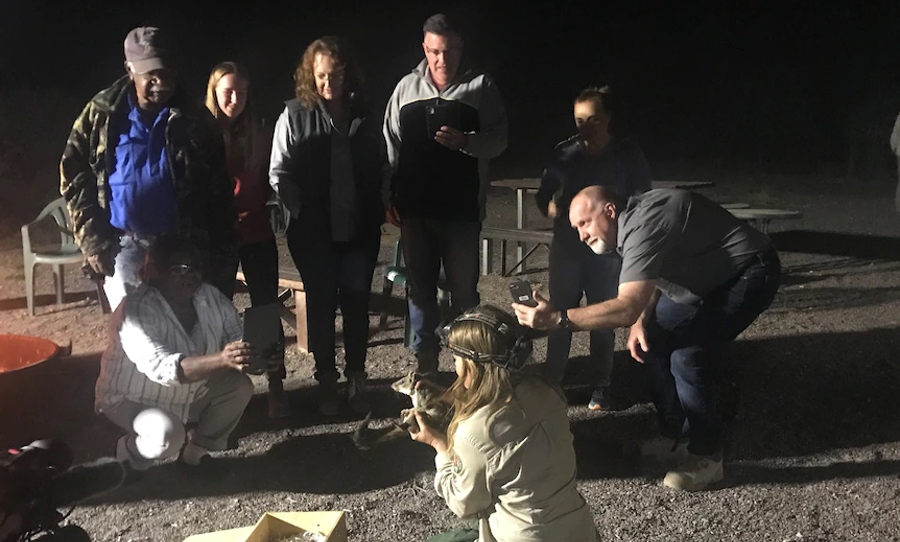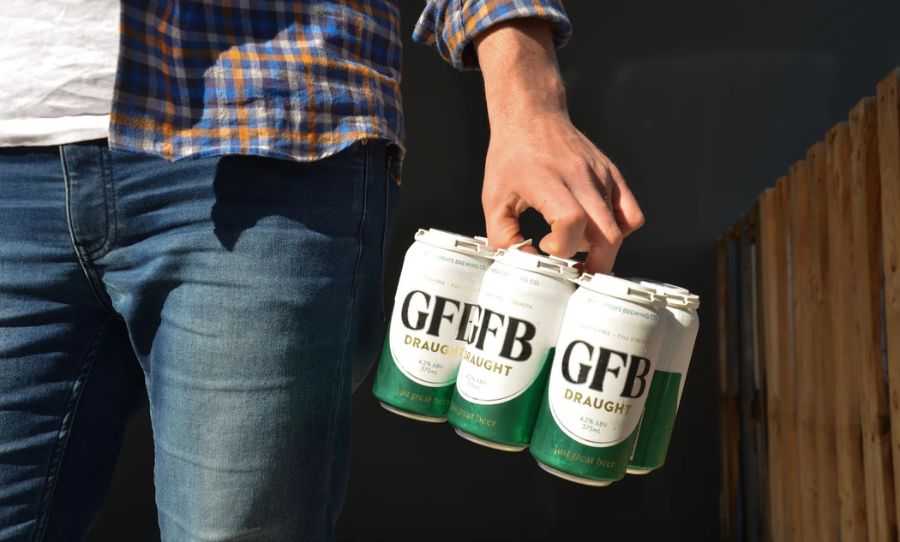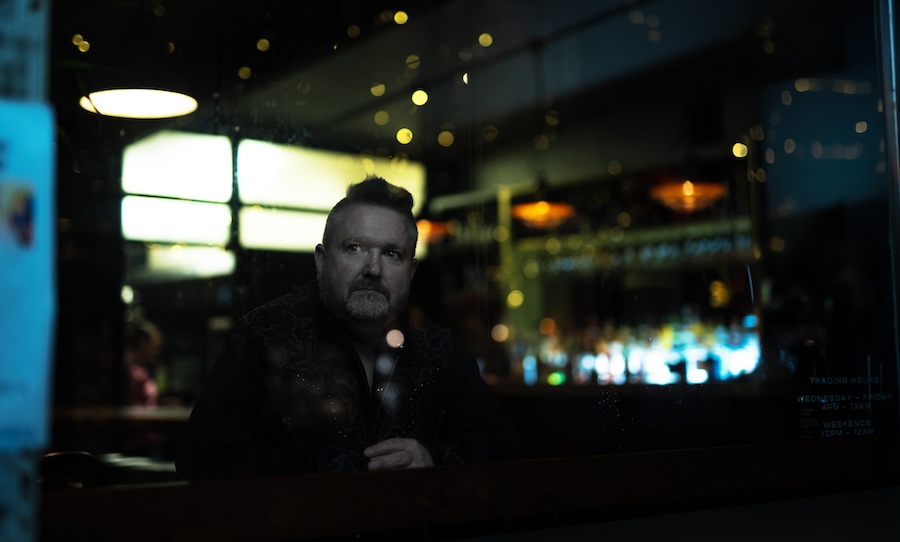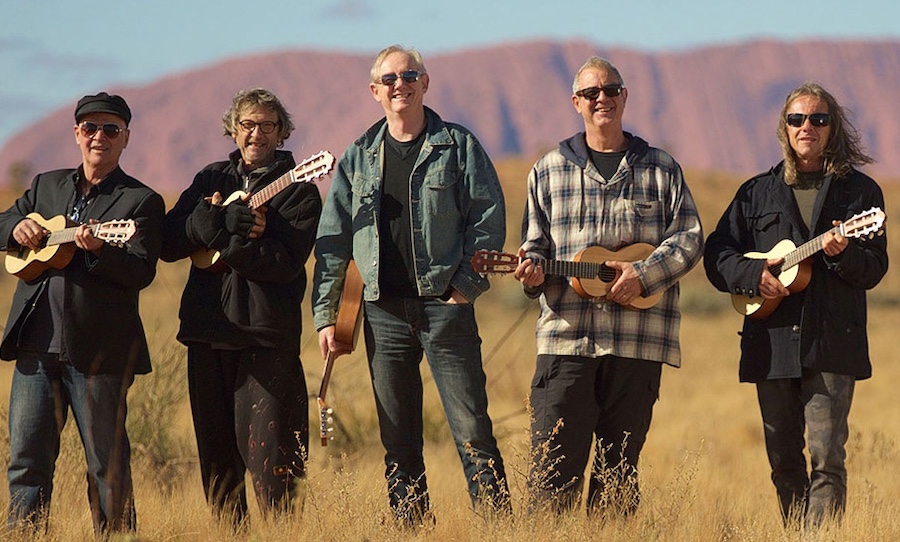The endangered quoll has been given new hope to repopulate in South Australia after a reintroduction of the species.
The adorable and endangered Australian marsupial, the quoll, has been given a new lease on life after 25 of them were released into the Flinders Ranges in South Australia, with hopes they will reproduce and repopulate the area.
Known as idnya by the sovereign Adnyamathanha people of South Australia, quolls had populated the Vulkathunha-Gammon Ranges National Park before being killed off by foreign pests such as feral cats and foxes.
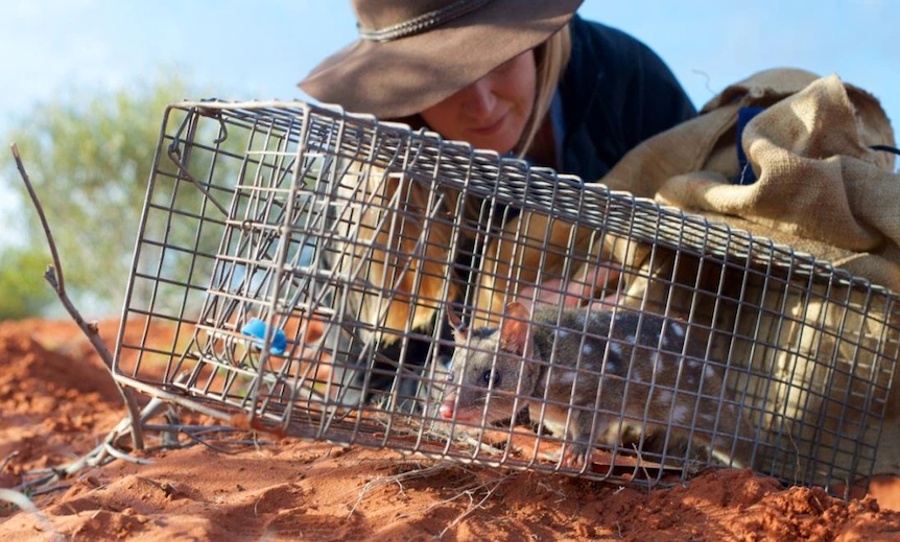
To ensure their preservation, quolls were removed from their native area and fitted with a radio transmitter to track and ensure their survival for the first two months of habitat reintroduction.
South Australia Aria Lands Landscape Board general manager Jodie Gregg-Smith said the relocation would increase the quoll population to what it once was.
“Early signals shows that they are going very well. The collars give great feedback that the animals are finding their new home,” Gregg-Smith said. “Now they have to find a way to exist with all the changes that have happened in that environment.”
The quolls were taken from a population that was reintroduced into the Ikara-Flinders Ranges National Park across two years from 2014.
The project was part of a reintroduction program co-run by the landscape board, the Department of Environment and Water, National Wildlife Parks and Services, and the Foundation for Australia’s Most Endangered Species.
Their inter-departmental goal is to help the animals thrive and survive in the wild rather than placing them in enclosures.
Threats to the species, such as foxes and cats, will be closely managed to protect the quolls from further regional extinction.
Ms Gregg-Smith affirmed that if the quolls survive their first few weeks, they should be able to breed into stronger numbers.
“We’ve been through this at Ikara Flinders Ranges, where the populations have never been healthier,” she said. “Each female carries six pouch young when she falls pregnant, and one to six is a pretty good ratio.
“When we go out and trap and monitor at Ikara, we can capture up to 100 in a single capture activity, and then the next day, another 50 or 60 more get capture.
“The numbers are really strong, and we hope this translocation is going to widen the genetics of the animals and continue to grow their population.”
Hopefully we’ll be seeing a bunch more little quolls in the near future because they’re honestly too cute to handle.
